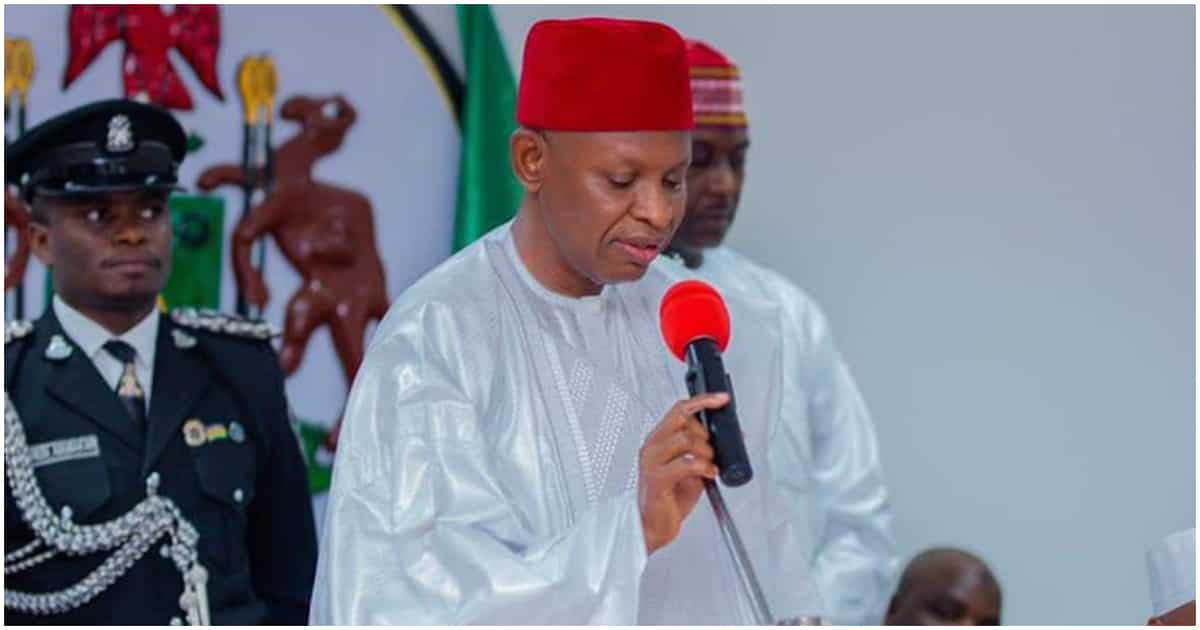DAILY POST
The inauguration of President Bola Ahmed Tinubu on Monday heralds a new era for the country after an unsuccessful attempt by the immediate past President Muhammadu Buhari to break the jinx facing Nigeria’s power sector.
In 2015, when Buhari assumed power, he promised to revamp Nigeria’s transmission, distribution and generation subsectors of the power industry.
Eight years later, he exited the seat of power, leaving the sector unchanged.
According to data by the Nigerian Electricity Regulatory Agency, NERC, available power generation capacity stood at 4,712.34MW in the First Quarter of 2022.
The Nation had continued to hover around the generation capacity of 4,000MW to 5,000MW in a country with over 200 million population. Meanwhile, of the generated electricity capacity, the Electricity Distribution Companies, DisCos, could only absorb less than 3, 802MW per day in July 2022. However, Nigeria needs a massive 25,000–40,000 megawatts (MW) of power supply.
Challenges in Nigeria’s Power Sector
The challenges in Nigeria’s power sector cut across the transmission, distribution and generation sectors.
The continued collapse of the National grid had characterised the power sector in the eight years of Buhari’s administration. On 15 May, the grid collapsed for the 99th time since 2015.
DAILY POST reports that in May 15, 2023, the national grid dropped to 221MW out of over 4,500MW routine available capacity. Accordingly, of over 16 active plants in the country, only three were on the grid at the time; Omotosho was on the grid with 132.90MW, Omotosho NIPP was also on the grid with 78MW, while Rivers IPP was on the grid with a generation of 10MW.
Since privatising the power sector in 2013, the national grid has collapsed 130 times.
In a report by NERC, the national grid collapses in 2015 were 10. That rose to 28 in 2016, while 21 cases were recorded in 2017. NERC listed the cases in 2018, 2019, 2020, and 2021 as 13, 11, four and four, respectively. Last year, the grid failed seven times, among others that the commission did not capture.
As a solution to addressing the challenges in the power sector, Buhari’s government in 2020 launched the $2.3 billion Siemens deal, dubbed the Presidential Power Initiative (PPI), to unlock Nigeria’s electricity generation to 25,000 MW in six years; however five years down the line, the project has not impacted the industry.
The challenges led Buhari into cabinet reshuffling, the Minister of Power- Babatunde Fashola, who served from 2015 to 2019 (when the Minister of Power was removed from his portfolio) and given to Mammah Saleh (August 2019 to September 2021) and Abubakar Aliyu whose tenure ended on Monday. However, despite the efforts of Buhari and his men, the sector continued to suffer setbacks…



